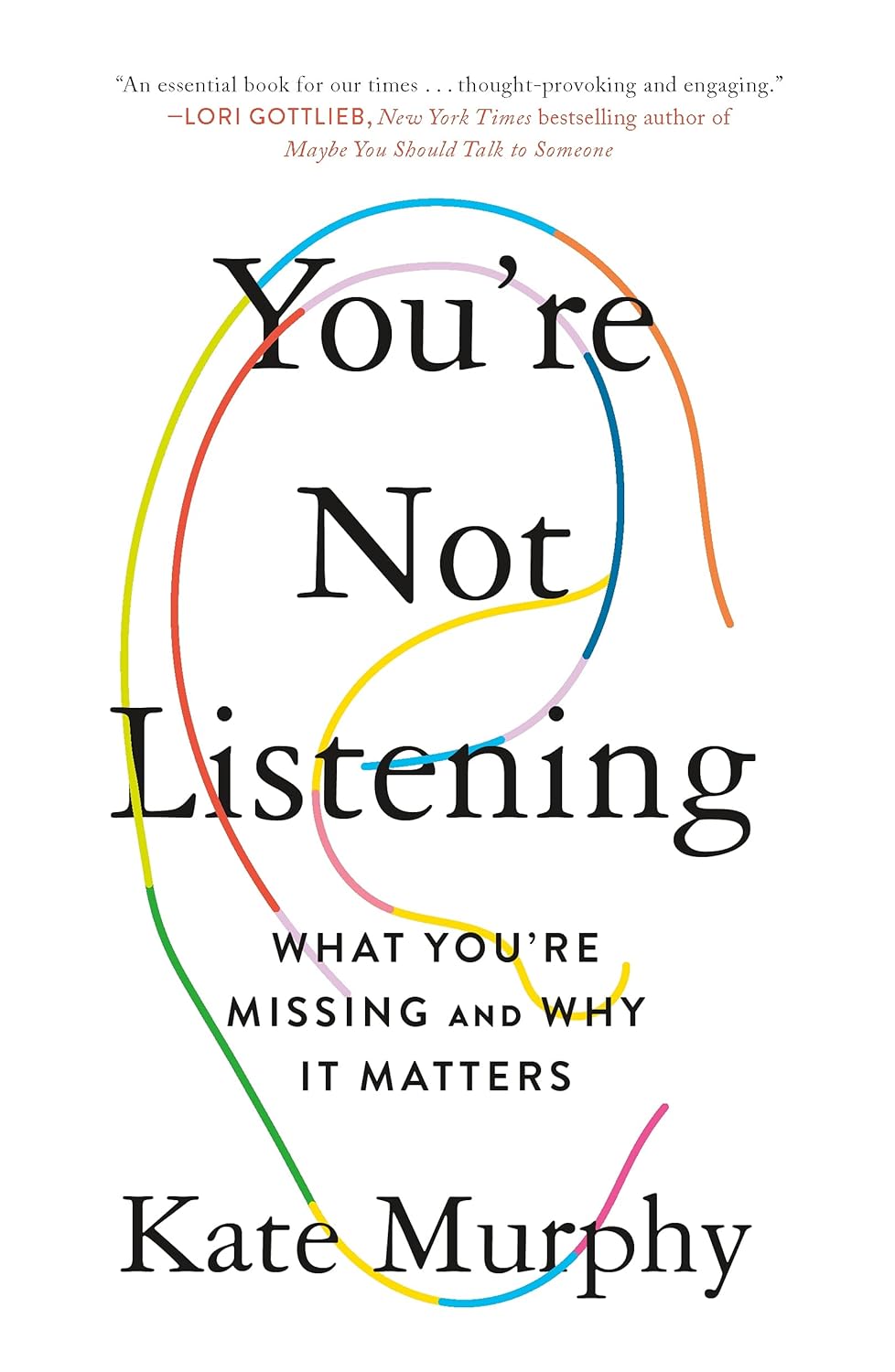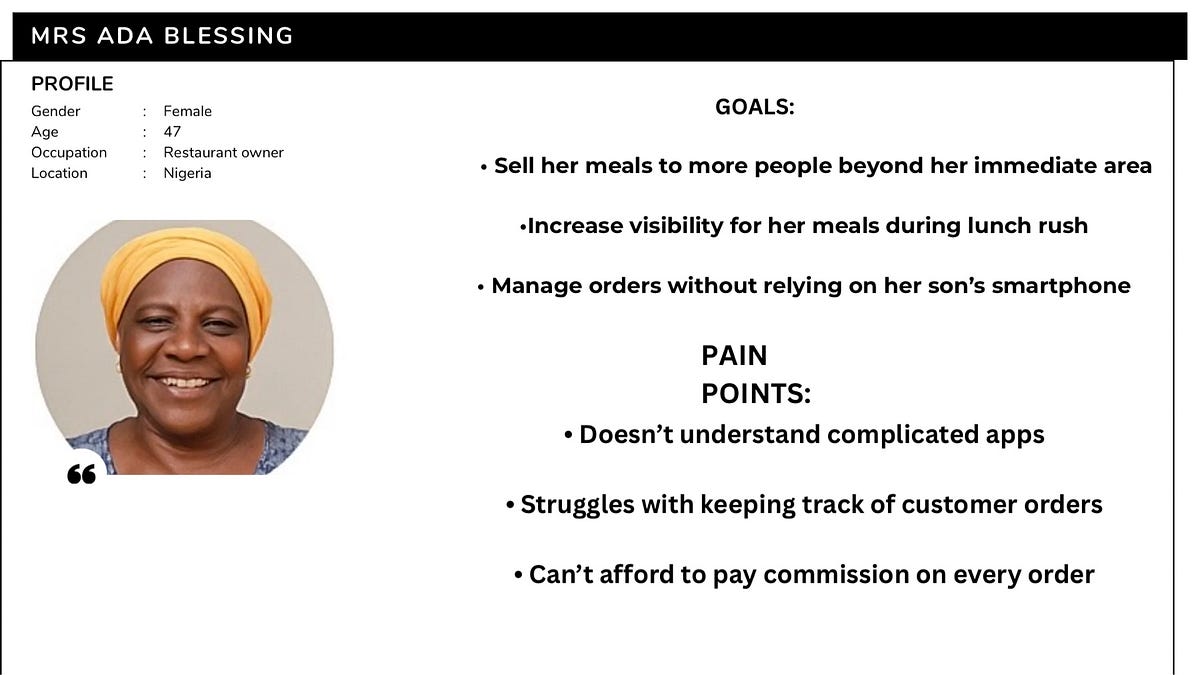Making the Workplace Safer for Disabled Employees What Employers Need to Know
Making workplaces safer for disabled employees means identifying unique risks, offering proper tools, training, and fostering an inclusive, accessible environment for all.

In today's society, workplace inclusion and safety are vital aspects of any responsible employer’s agenda. For employees with disabilities, a safe and supportive environment is crucial to ensure they can perform their roles effectively without compromising their health. Employers must take proactive steps to identify workplace hazards that could harm disabled employees and work toward eliminating or minimizing those risks. One effective way to build this expertise is by encouraging staff to pursue a Safety Officer Course in Pakistan, which equips professionals with the knowledge and skills needed to create safer, more inclusive work environments. In this article, we’ll explore the challenges disabled employees face, the importance of making workplaces safer, and provide practical guidance for employers on how to make the necessary changes.
Why Workplace Safety for Disabled Employees Matters
Creating a safe and inclusive workplace goes beyond just fulfilling legal obligations; it ensures that employees with disabilities can work comfortably and productively. When employers ignore safety hazards specific to disabled employees, they risk not only legal consequences but also harm to the well-being of their staff. Safety protocols tailored to the unique needs of disabled employees help prevent injuries, ensure equal opportunity, and promote a positive company culture.
Real-life example: Consider Sarah, who uses a wheelchair and works in an office setting. One day, her chair got stuck in a narrow hallway due to improper layout, which led to her slipping and injuring her leg. While Sarah's employer did follow basic accessibility guidelines, it was clear that more had to be done to address her specific needs. After an assessment, the company implemented wider aisles and ensured that accessible pathways were clear. The company’s proactive approach prevented future incidents and demonstrated their commitment to a safe, inclusive environment for all employees.
Identifying Workplace Hazards for Disabled Employees
The first step in improving workplace safety for disabled employees is identifying potential hazards that may not be immediately apparent. Common hazards can include:
-
Physical Accessibility Issues: Narrow doorways, steep ramps, or cluttered pathways can make movement difficult or dangerous for employees using mobility aids.
-
Ergonomic Concerns: Office furniture that doesn’t accommodate individuals with physical disabilities, such as adjustable chairs or desks, can cause strain or discomfort.
-
Communication Barriers: Employees with hearing or vision impairments may struggle with inadequate access to information, such as poor signage or inaccessible digital materials.
-
Emergency Procedures: Employees with disabilities might face challenges evacuating the building during an emergency. Lack of clear procedures can place them at greater risk.
Practical Steps for Employers to Make the Workplace Safer
Once you’ve identified potential hazards, it's essential to develop a clear action plan. Here’s a step-by-step guide to improving workplace safety for disabled employees:
Step 1: Conduct a Workplace Assessment
Start by conducting a comprehensive assessment of your workplace, paying particular attention to potential hazards specific to employees with disabilities. This might involve:
-
Physical layout assessment: Are doorways wide enough? Are there any obstacles in the path that could prevent wheelchair users from moving freely?
-
Ergonomics: Are workstations adjustable to suit employees with physical disabilities? Are there standing desks, appropriate seating, or accessible computer equipment?
-
Emergency readiness: Do you have evacuation plans for employees with disabilities? Have you tested procedures to ensure that they work?
Example: At a tech company, the HR department realized that one of their employees, who had limited mobility, could not easily exit the building in an emergency. After reviewing the evacuation procedure, they decided to add extra assistance and ensure that there were always staff members available to support disabled employees during drills.
Step 2: Provide the Right Equipment
Invest in accessible tools and equipment that can accommodate the needs of employees with disabilities. For example:
-
Height-adjustable desks: For employees who use wheelchairs or have difficulty standing for long periods.
-
Assistive technology: Text-to-speech software, voice recognition tools, and screen readers for employees with visual impairments.
-
Accessible bathrooms: Ensure that washrooms are spacious and equipped with necessary support bars.
Real-life example: Emily, a customer service representative with a hearing impairment, struggled with traditional phone systems. Her employer introduced a videophone system and real-time captioning services, which allowed Emily to communicate with clients more effectively. This not only improved her performance but also boosted her confidence at work.
Step 3: Offer Disability Awareness and Safety Training
Training is essential for ensuring that your employees understand the specific needs of disabled coworkers. This training should cover:
-
Disability awareness: Educating employees about different types of disabilities and the importance of inclusivity.
-
Safety procedures: Ensuring all employees are aware of safety measures in place to protect disabled workers, including emergency evacuation procedures and proper equipment usage.
Employers should also consider investing in specialized training, such as the Safety Officer Course in Pakistan, which covers a wide range of safety topics, including disability accommodations and how to handle workplace hazards effectively. A properly trained team ensures that every employee, regardless of ability, is safe and supported.
Step 4: Adjust Policies and Procedures
Review and update your workplace policies to ensure they’re inclusive of employees with disabilities. This includes:
-
Non-discrimination policies: Ensure that job advertisements and hiring processes do not unintentionally exclude disabled candidates.
-
Reasonable accommodation policies: Be clear about the types of adjustments your company is willing to make for disabled employees, such as changes in work hours or workstations.
-
Inclusive communication: Ensure that all employees, including those with visual or hearing impairments, have equal access to communication, such as providing materials in braille or offering sign language interpreters.
Step 5: Encourage an Inclusive Culture
Fostering a workplace culture of respect and inclusivity benefits everyone. Here are a few ways to promote this:
-
Inclusive language: Encourage respectful communication that doesn’t make assumptions about abilities.
-
Open-door policies: Create a space where employees feel comfortable discussing their needs without fear of judgment.
-
Team-building activities: Plan team events that are accessible to everyone, such as virtual meetings or adaptive activities for employees with physical limitations.
Real-life example: A large company recently revamped its team-building activities to be more inclusive, offering virtual team-building challenges, which were more accessible to employees with mobility impairments. This initiative improved employee morale and strengthened the bonds between team members.
The Role of Safety Officer Courses in Creating Safer Workplaces
If you want to take workplace safety to the next level, consider enrolling in a Safety Officer Course in Pakistan. These courses equip individuals with the knowledge and skills necessary to identify potential hazards, implement safety measures, and ensure compliance with workplace safety standards. By having safety officers trained in disability-related issues, companies can better anticipate and mitigate risks that may otherwise be overlooked.
Step-by-Step: How a Safety Officer Can Help
-
Identifying potential hazards: Safety officers trained in disability-inclusive practices are better equipped to spot physical and procedural hazards.
-
Creating safety protocols: They can develop guidelines tailored to employees with disabilities, ensuring their safety during emergencies or everyday tasks.
-
Training staff: Safety officers can conduct training sessions on the importance of inclusivity and disability awareness for the entire staff.
-
Regular audits: Ensuring that all safety measures are being followed and making adjustments as necessary.
Why You Should Consider Investing in a Safety Course in Pakistan
Investing in a Safety Course in Pakistan for your team can dramatically improve your company’s approach to workplace safety. By hiring a trained safety officer, you not only ensure compliance with safety regulations but also demonstrate a strong commitment to fostering an inclusive and secure environment for all employees, regardless of their abilities.
Read More: Learn more about Safety Course in Pakistan,
Final Thoughts
Ensuring that your workplace is safe for employees with disabilities is not just a legal requirement; it’s a moral obligation. By identifying potential hazards, providing the necessary tools and training, and fostering an inclusive culture, employers can make a significant difference in the lives of disabled employees. The benefits of a safe and supportive environment are far-reaching—it leads to higher job satisfaction, increased productivity, and a reputation as an inclusive, forward-thinking employer.
As you implement these changes, remember that safety is an ongoing process, not a one-time fix. It’s important to regularly assess your workplace, gather feedback from employees, and make adjustments as needed. Whether through providing ergonomic solutions, creating accessible emergency plans, or investing in professional safety training, every effort counts in making the workplace safer for disabled employees.
How does your company ensure workplace safety for disabled employees? Share your thoughts in the comments below!



































































![https //g.co/recover for help [1-866-719-1006]](https://newsquo.com/uploads/images/202506/image_430x256_684949454da3e.jpg)






















![How Smart PMs Scale Their Careers in Any Org [TPG Live Recap]](https://tpgblog.com/wp-content/uploads/2025/06/2025-06-12-thumbnail-action.png?#)














































